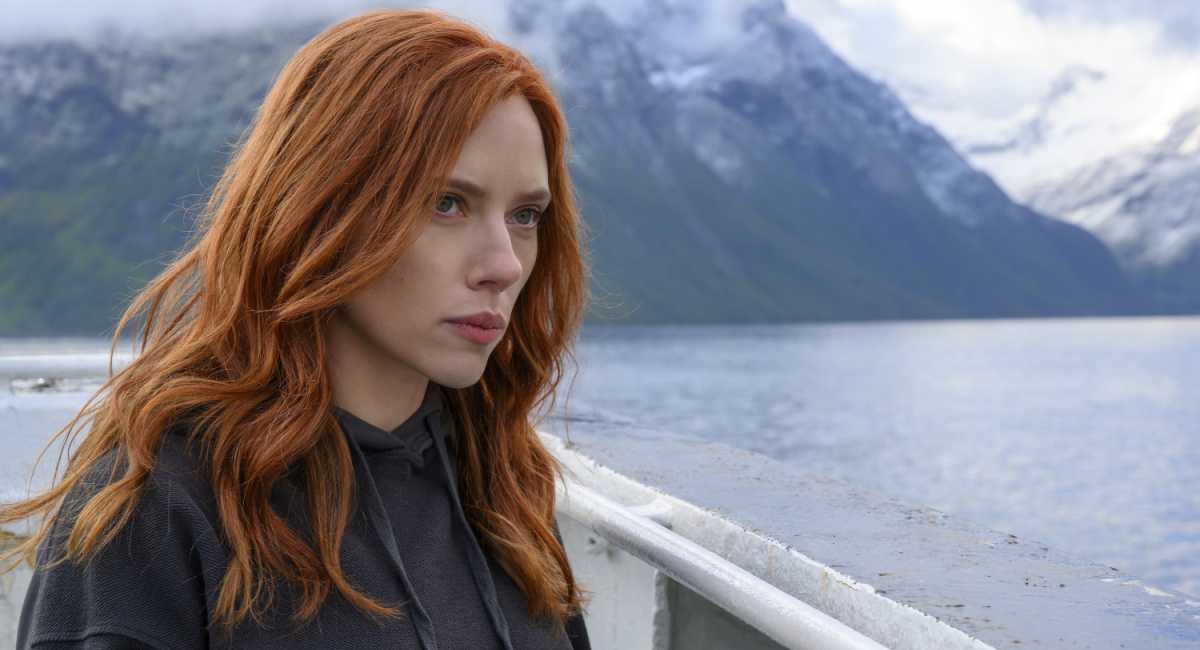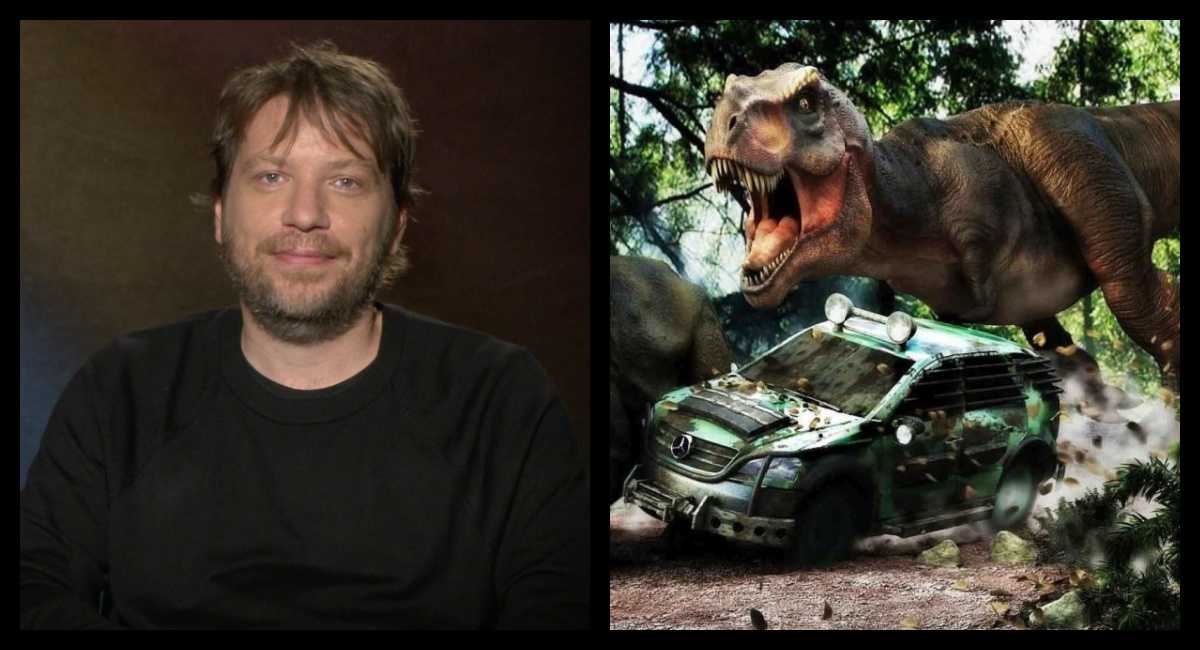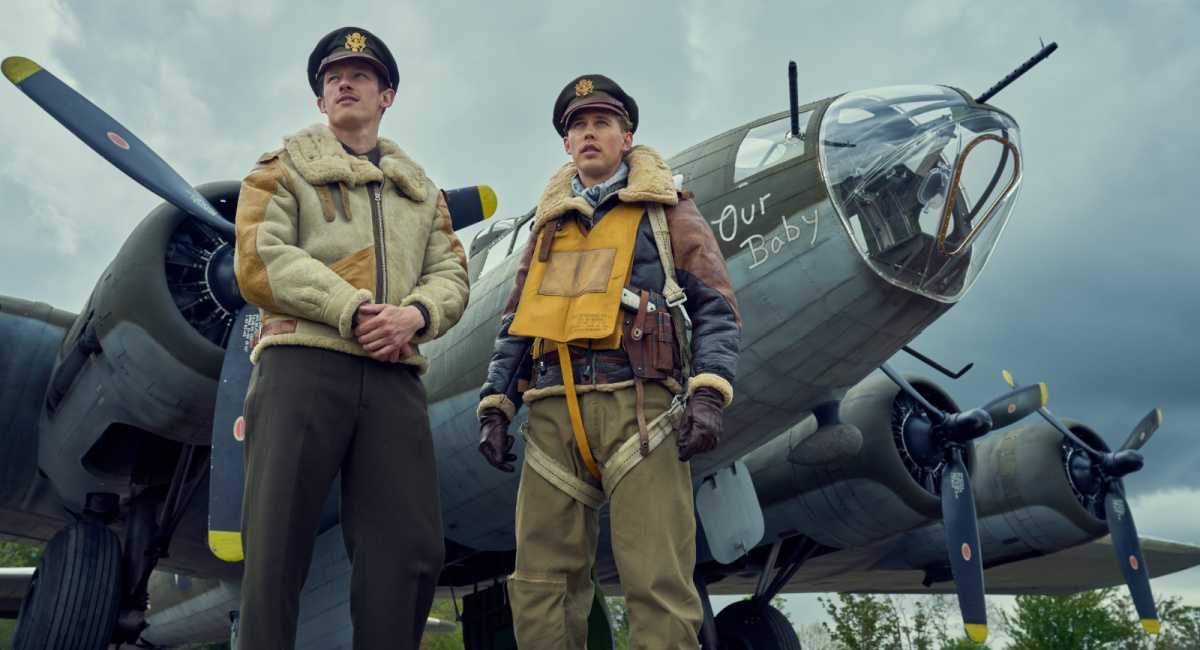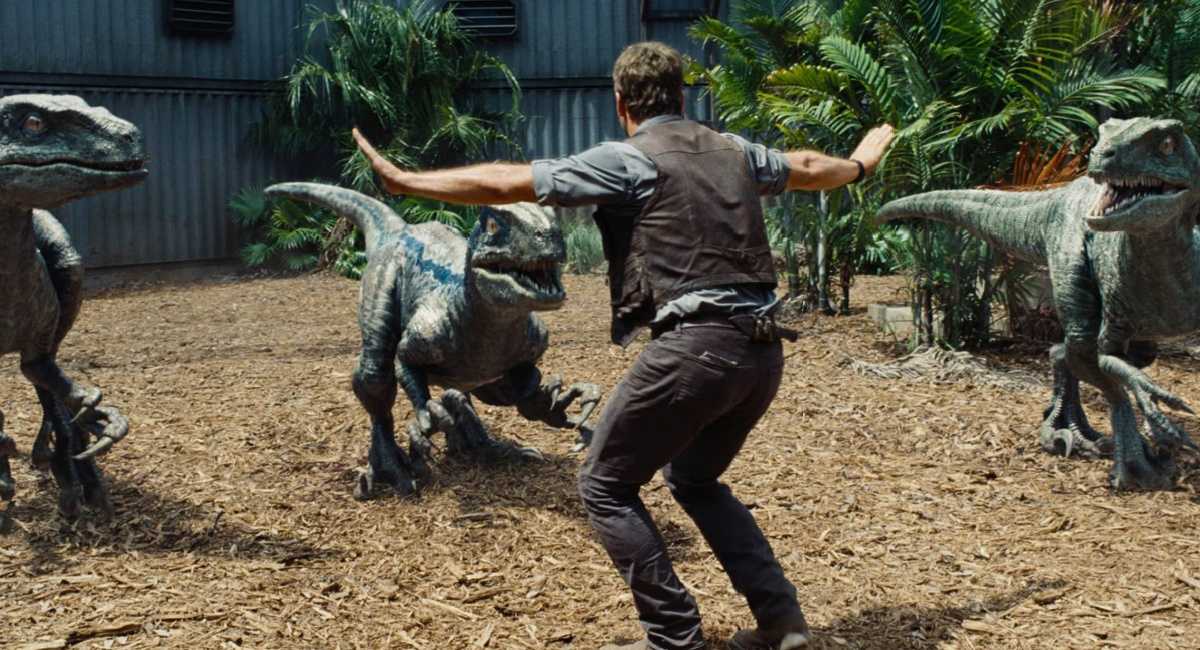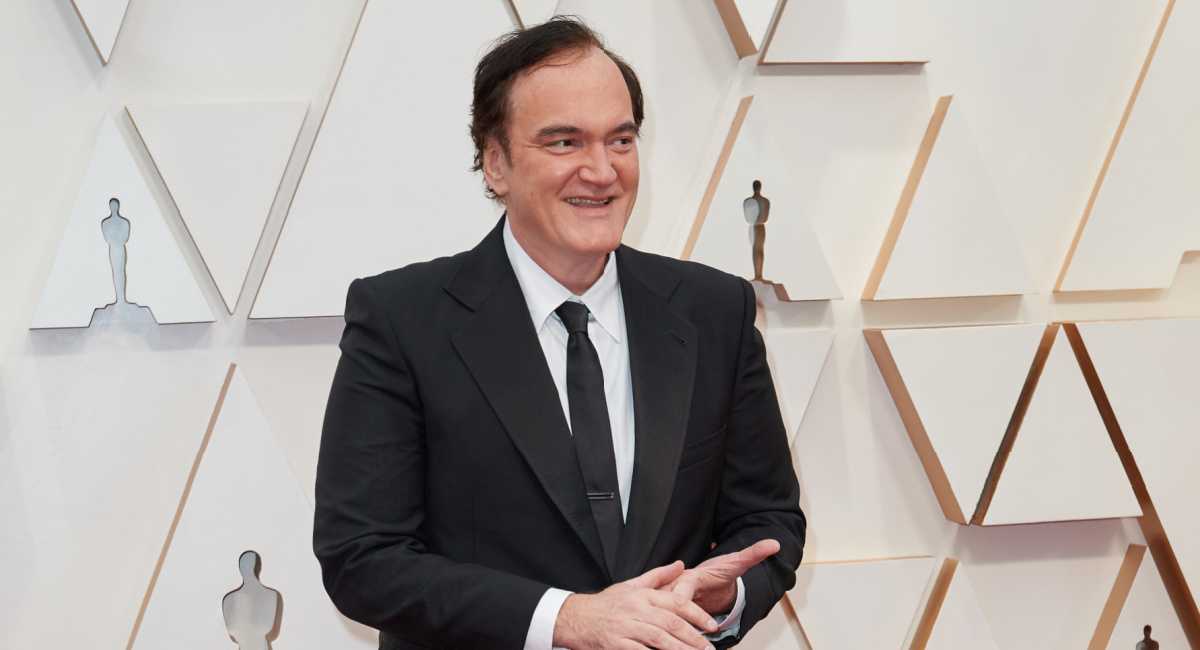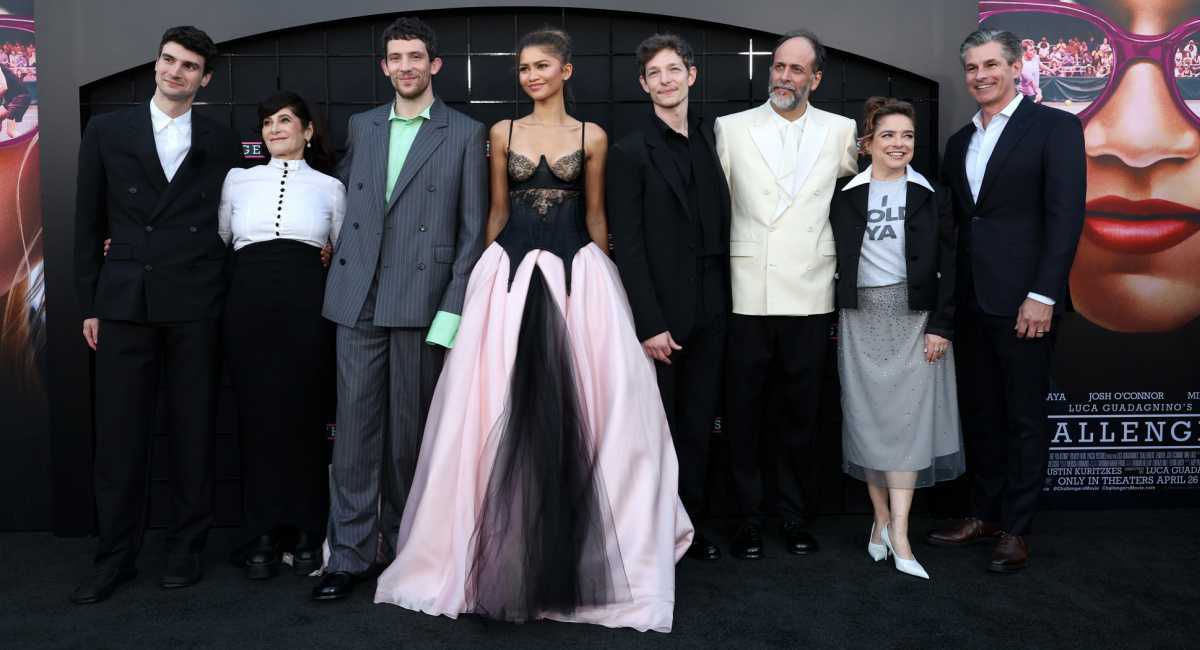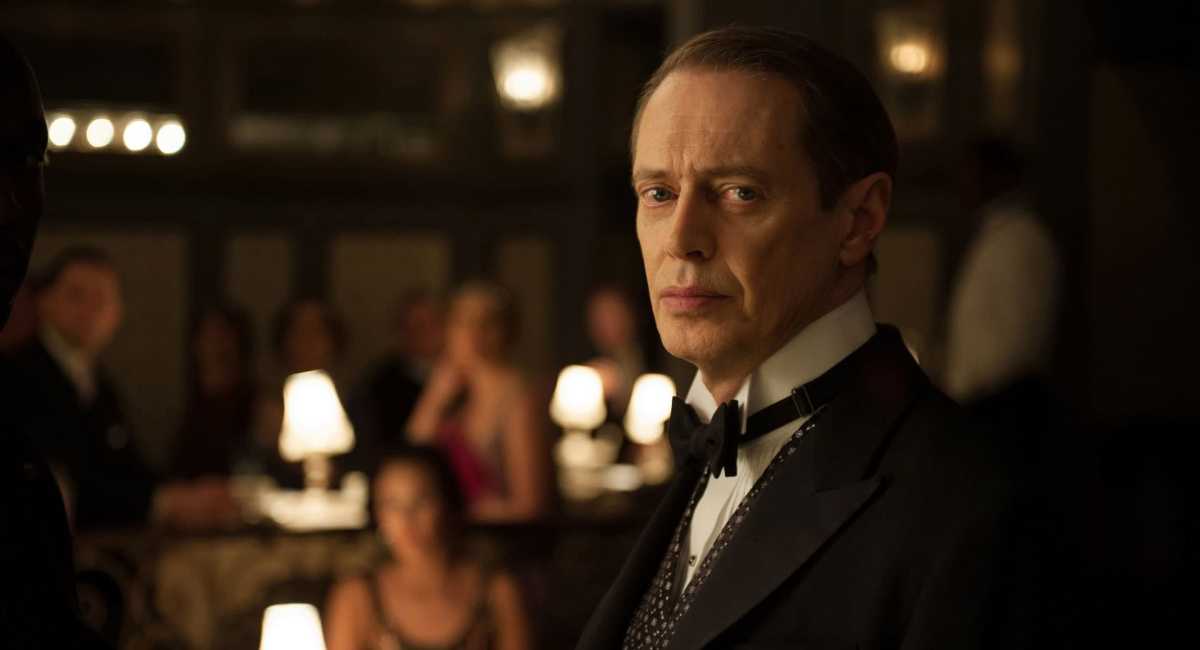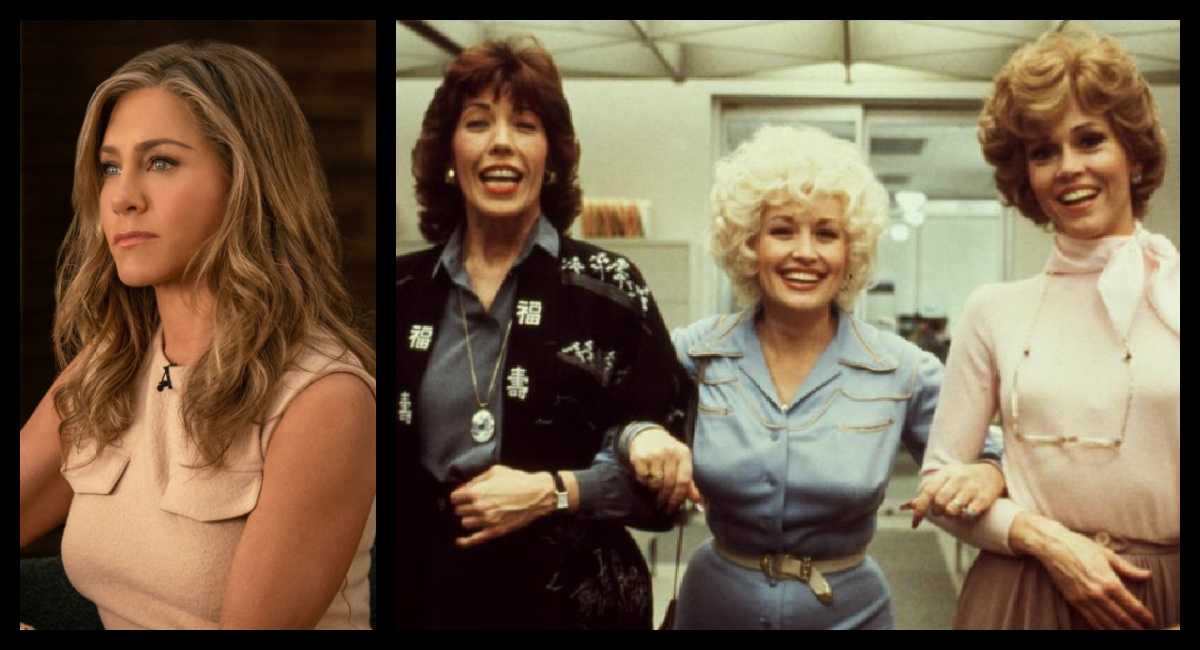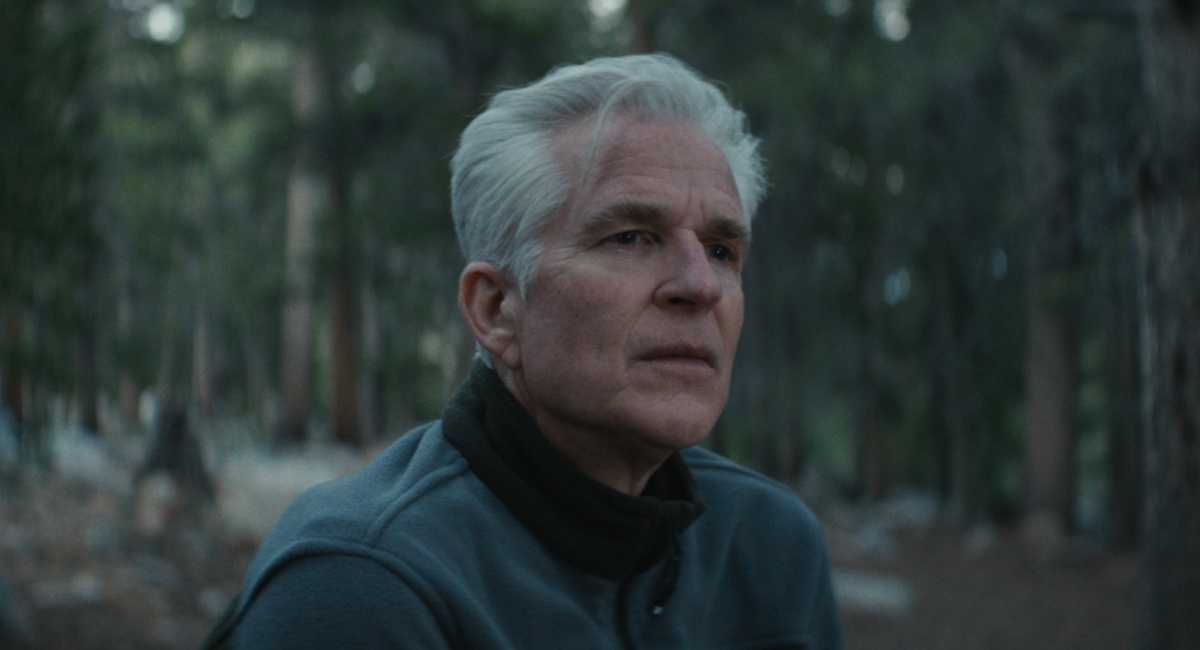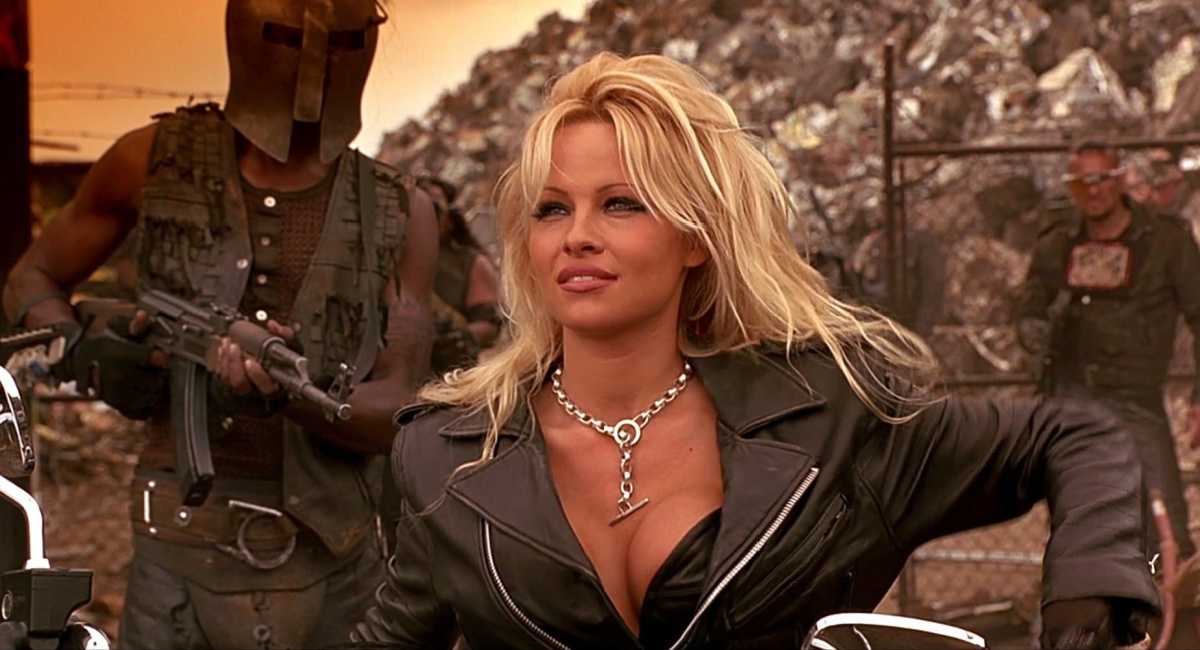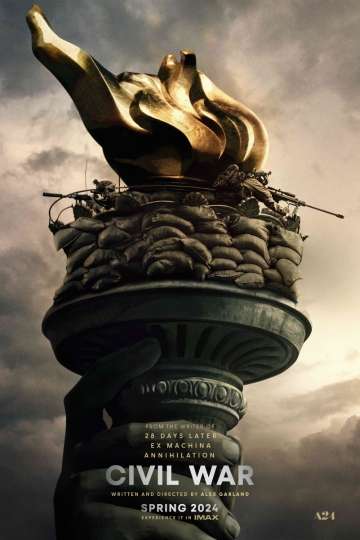'Abominable' Could Be a New DreamWorks Animated Classic
In the span of a year, three animated films about the yeti will have been released. There was last September’s “Smallfoot” (animated by Sony and released by Warner Bros.), then this past spring’s “Missing Link” (a stop motion marvel by Laika) and then, this September, there will be “Abominable,” from DreamWorks Animation and Pearl Studios (formerly DreamWorks Oriental). It was just announced that “Abominable” will make its big premiere at this year’s Toronto International Film Festival, and just last week I was lucky enough to visit the edit bay for the movie, a select group of journalists were treated to about 30 minutes of the movie, along with select interviews with the creative principles behind the film.
We’ll have more from those interviews later, but for now we wanted to just run through what we saw.
First of all, it’s very clear that this movie is way different from those other yeti-focused films. Most importantly, the yeti in this movie doesn’t speak, unlike in those other films. This yeti, named Everest by the young girl who discovers him on her metropolitan Chinese rooftop, is more of an animal than a person. We were treated to a sequence where the girl Yi (Chloe Bennet) does a series of odd jobs to try and pay for a trip across China that she’s been desperately planning. Of course, she is interrupted by the arrival of this yeti (we didn’t see the sequence where the yeti escapes from a private lab and how he winds up on that rooftop, but it sounded exciting).
One of the sequences we saw was a lengthy, dialogue-free sequence where she meets Everest, tries to help him repair his injured arm, and starts to understand that she’s got to return him to Mount Everest. It was a beautiful sequence, a stunning showcase of the animation and the performances that the animators gave Everest and Yi, the sort of thing that anyone working in animation loves to attempt. And, it should be noted, the animation even in an unfinished form, is absolutely astonishing and ranks amongst the best the studio has ever produced, particularly a moment when Yi plays her violin on the rooftop, the entire city opening up beneath her as she plays. It’s stunning.
It should also be noted that the mood of the scene called to mind the early sequence in Steven Spielberg's “E.T.” when Elliot first makes contact with the extraterrestrial. This is especially true when Everest begins to hum, triggering some healing magic that echoes E.T.’s healing finger. (It also, maybe more directly, ties into the relationship between Hiccup and Toothless in DreamWorks’ own “How to Train Your Dragon,” which the poster for “Abominable” handily mirrors.)
We were treated to several other sequences, one of which seems to take place near the end of the film and I will refrain from describing.
One sequence had Yi getting Everest to a boat that is leaving her city. The yeti is hiding safely but she just can’t stay away, so she decides to make the leap (literally, from the dock) onto the boat and begin this grand adventure. She is also joined by a couple of her friends – Jin (Tenzing Norgay Trainor) and Peng (Albert Tsai). One sequence showed them escaping through a canola field. Everest uses his powers to turn the field into a giant “wave” that sends the characters cascading along. It’s a really striking sequence, and even after spending much of the morning with the team behind the animation, I still can’t quite figure out how they do it. It also is the first in a series of sequences where the animation is gently pushed into the realm of psychedelia. It was lovely to see an animated film really go there; to establish its own rules and reality and be able to push the animation to places we’ve never really seen before. This is especially true in a sequence we saw snippets of later in the day but didn’t seen the completed sequence. It’s late in the movie so I’ll refrain from describing it in too much depth but it’s really, really cool.
Another sequence saw our heroes perched atop a giant Buddha statue; again through the magic of Everest (including a twist I won’t reveal here), the Buddha eventually becomes covered in incredible, glowing flowers. This is another sequence where dialogue is kept to an absolute minimum, allowing for the animation and the emotion to do the heavy lifting. (Generally, the artists working on the film bemoaned animated movies that were too “talky.”) It’s a moment of utter beauty and a kind of quiet, naturalistic spirituality.
While we were watching the footage, the film’s co-director Todd Wilderman, described the movie as “a big adventure full of action and humor and heart” and we couldn’t agree more. This is a very different movie than those other animated yeti tales, combining a Ambin-esque storyline with a romantic portrait of modern China and some of the most beautiful animation we’ve seen in a recent big budget animated film. I’ll have more from our visit to the “Abominable” edit bay in the days ahead, but for now, I’ll just say that the footage floored me and I cannot wait to see the rest of this very special movie.
Abominable
A group of misfits encounter a young Yeti named Everest, and they set off to reunite the magical creature with his family on the mountain of his namesake. Read the Plot




